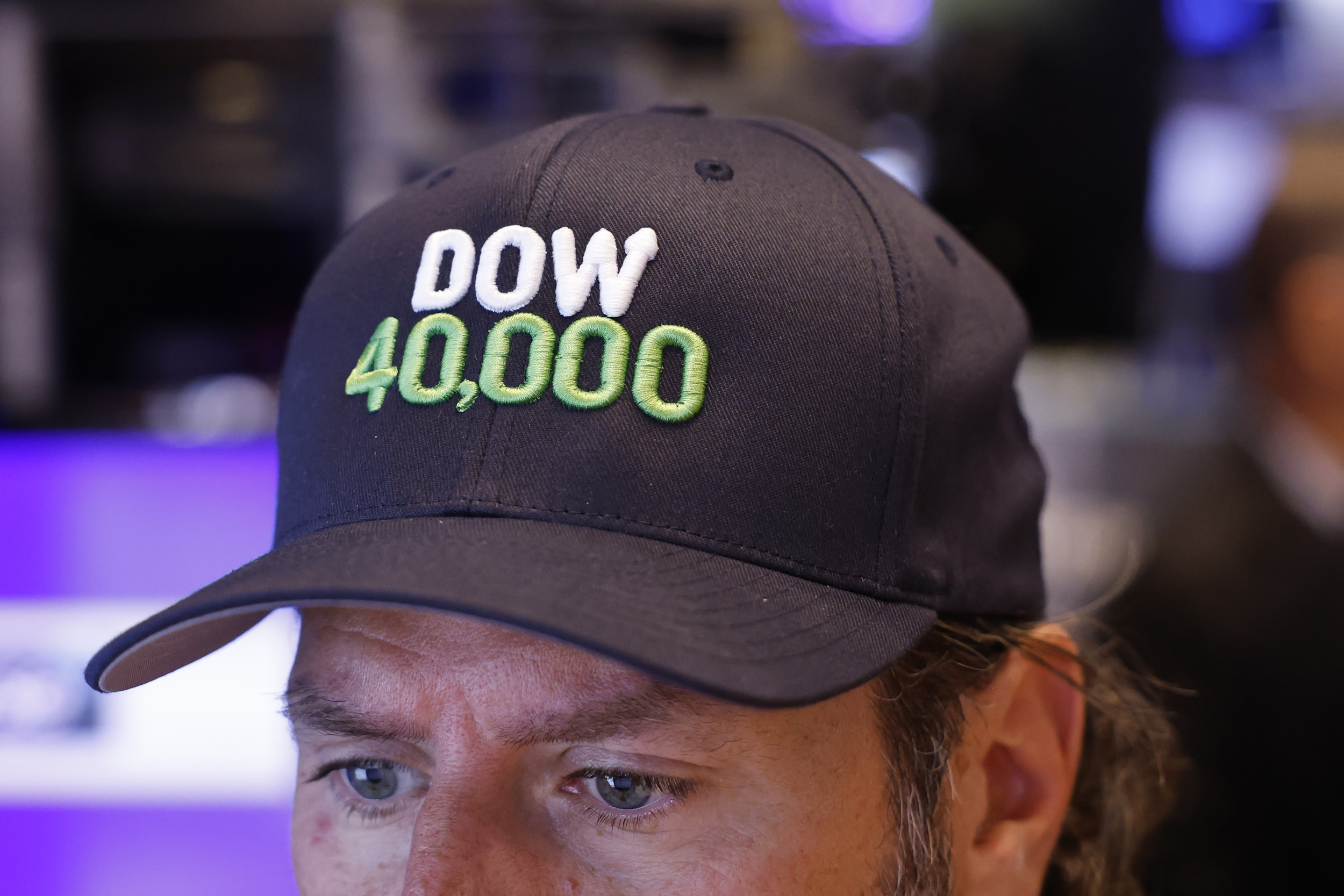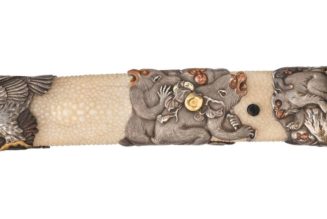Should Americans’ perception of the economy today be good, bad, or somewhere in between? While each side of our partisan divide claims to know the answer to this question with great certainty, the best answer is “nobody knows.” Nobody knows because the key macroeconomic indicators cited in this debate—Gross Domestic Product (GDP), personal income, Consumer Price Index (CPI)—have become increasingly untethered from how Americans experience their economic well-being.
By many traditional measures—historically low unemployment, wage growth, GDP growth, a buoyant stock market—the U.S. economy is in very good shape. However, a recent New York Times poll found that 51 percent of Americans rate the economy as “poor” and 23 percent as “only fair.” The complaint that traditional economic metrics don’t capture what’s important in our lives is not new. During his 1968 presidential campaign, Sen. Robert F. Kennedy famously said of the Gross National Product (GNP; a measure very similar to GDP), it “measures everything… except that which makes life worthwhile”.
But critiques of GDP tend to focus on its neglect of income inequality and intangibles like democratic freedoms and clean air. These shortcomings are long-known, and many alternate measures of economic performance have been developed to capture the non-material aspects of well-being. We propose that a major reason for the new disconnect between traditional economic measures and perceptions is that in today’s world, Americans spend an increased share of income on goods and services from which they don’t derive enjoyment. This has largely severed the connection between growth in the economy and actual improvement in material lifestyle.

Traders work on the floor of the New York Stock exchange during morning trading on May 17.
Michael M. Santiago/Getty Images
Much economic dissatisfaction results from the surge in inflation in 2021-2023, but the trends which cause Americans to feel compelled to spend an increasing share of their incomes on items from which they don’t derive enjoyment have been steadily building for years. We spend an ever-increasing share of income on real estate in desirable neighborhoods (recently exacerbated by increased mortgage interest rates), tuition, childcare expenses, medical and long-term care, car insurance and auto repair (car insurance since the beginning of this year is up an average of 22 percent). Tuition, room, and board for selective colleges is now exceeding $90,000 per year but feels to many like a prerequisite for access to a lucrative career. Extended hours of childcare, a major cost burden for young families, is required to enable the long work hours that many of today’s jobs require.
The unifying theme of these expenditures is that though they drive economic activity through higher consumer spending, people do not experience consumption of these goods and services as enjoyment. Rather, they feel locked into an escalating arms race. Moreover, they detract from the ability to save, which is an important component of financial peace of mind—not to mention, what enables future spending on items that deliver improved lifestyle.
So how does the perception of the U.S. economy relate to the reality of what consumers are truly experiencing?
To explain the disconnect between traditional economic measures and perceptions, we believe a new metric must be developed: the “Lifestyle Improvement Factor (LIF).” The key concept of the LIF is that it should capture the things people actually enjoy spending money on, items which improve their lifestyle—not the goods required for mere subsistence and not “lifestyle maintenance expenses,” the outlays upon which people feel “compelled” to spend but do not enhance material satisfaction. It should include consumption of things like: eating out at restaurants; clothing (above certain base levels), gadgets and personal electronics (beyond a core smartphone), automobiles above the basic level necessary adjusted for family size, home interior furnishings, in-home and live entertainment, hotels and recreation. This list is representative, but by no means exhaustive.
Many of these items are included in the often-discussed monthly U.S. retail sales report, a survey conducted by the Census Bureau that tabulates spending across 13 sectors of the economy. But the LIF is not just a subset of retail sales. Retails sales includes many items that are definitely in the category of “lifestyle maintenance” not “enhancement” (such as personal care products at the pharmacy) while excluding large categories of spending that are all about enjoyment (concerts, live sports, vacations). More fundamentally, the LIF concept seeks to capture the fact that many expensive included items—cars, smartphones—are essentially daily necessities of life, but it is increased purchases in the premium and luxury level of those types of goods, beyond the basic or entry level skews in those categories, that would be an indication of a lifestyle truly being enhanced.
Like any economic measure, the LIF has its flaws and is incomplete—no one measure can encapsulate as complicated a concept as lifestyle quality. For example, it is difficult to capture the consumption value of things like social media or free concerts in the park, for which no direct purchase is made. Still, it is a useful start. It can be refined into an actual measure with the input of macroeconomic experts. To be adopted as a comparator across time and locations, it will need a mechanism for indexing price inflation in its components, and of major importance, for reporting how it varies along the income distribution.
Now is a particularly opportune time to develop a new relevant measure of national material well-being. Both sides of our partisan divide have reason to be dissatisfied with the metrics currently emphasized. Democrats have always been skeptical of measures that focus on aggregate economic performance over the share of income earned by lower- and middle-income Americans. Republicans are looking for a way to encapsulate negative voter sentiment about the economy, while facing the inconvenient fact that by traditional measures, Democratic administrations consistently preside over better economies than Republican ones: Clinton over Bush I, Obama over Bush II, Biden over Trump. It seems the time is ripe for both sides to embrace the development of the LIF.
But the benefits of developing a gauge of material well-being appropriate for the 2024 economy extend well beyond short-term political debates. While it is true that there is much more to life than “things,” material well-being is the main focus of economic policy. How can we judge economic policy without a good measure of its lifestyle effects? How will we know if the widespread adoption of AI is making us richer or poorer? If the average American is more or less well-off than the average European? The LIF concept offers a meaningful gauge of prosperity, tailored to the complexities of life in 2024, and offers a perspective that is not captured by the measures currently at the center of our debate.
To understand the perception vs. reality of our economic life, we need LIF.
Robert S. Rogers is a physician-scientist in Boston, Massachusetts, and received an undergraduate degree in economics from Harvard.
Tom Rogers is executive chairman of Oorbit Gaming and Entertainment, an editor-at-large for Newsweek, the founder of CNBC and a CNBC contributor. He also established MSNBC, is the former CEO of TiVo, a member of Keep Our Republic (an organization dedicated to preserving the nation’s democracy). He is also a member of the American Bar Association Task Force on Democracy.
The views expressed in this article are the writers’ own.
Uncommon Knowledge
Newsweek is committed to challenging conventional wisdom and finding connections in the search for common ground.
Newsweek is committed to challenging conventional wisdom and finding connections in the search for common ground.









